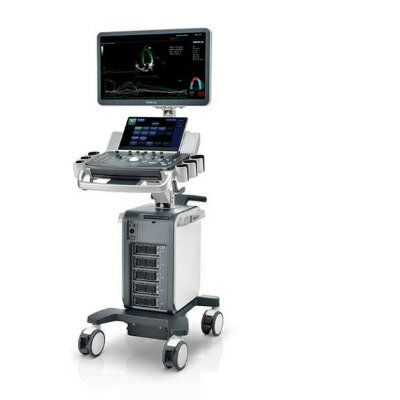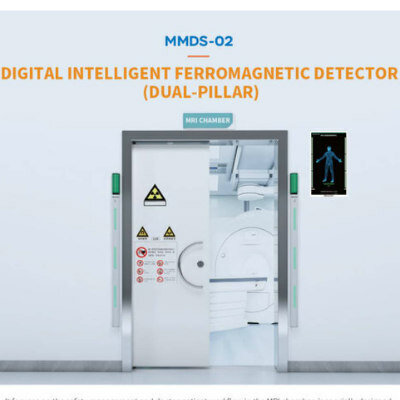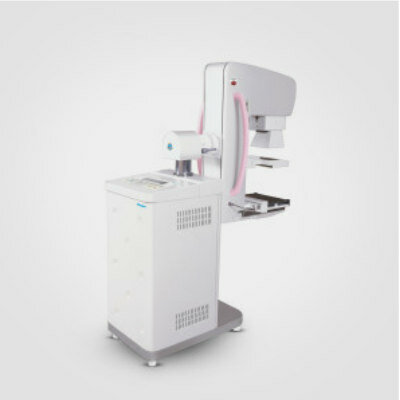Fast 3D X-Ray Scanner Designed for the Operating Room
By MedImaging International staff writers
Posted on 16 Nov 2011
A three-dimensional (3D) X-ray scanner makes it possible to capture X-ray images during an operation rapidly and without time-consuming preparation. Researchers are now developing a 3D X-ray system that can be integrated into operating procedure. Posted on 16 Nov 2011
To reduce the risk of complications in difficult operations and to avoid the need for follow-up surgery, physicians could carry out progress checks with the help of 3D X-ray images while the operation is in progress. The difficulty is, currently available 3D X-ray systems such as C-arms interfere with the surgeon’s work. The X-ray source and detector have to move in circles around the patient, which takes up a lot of space, and if the C-arm were installed on the operating table permanently, it would impede access to patients. Therefore, the device must be wheeled over to the operating table to capture the images and then moved out of the way again. This is a nuisance --and it takes up time, as it entails an interruption to the surgery.
Researchers from the Fraunhofer Institute for Production Systems and Design Technology IPK (Berlin, Germany) are currently working on a solution to this problem. Together with the Charité Universitätsmedizin, Berlin (Germany) and Ziehm Imaging, GmbH (Nuremberg, Germany), they are developing Orbit, a 3D X-ray scanner that can be incorporated into surgical procedures without causing delays.
“Unlike existing three-dimensional imaging procedures, Orbit does not have to surround the patient to capture images. Instead, it’s an open system in which the X-ray source follows a circular path above the operating table. This makes capturing images much quicker, because it does away with time-consuming preparations,” said Prof. Dr. Ing. Erwin Keeve of the Berliner Zentrum für Mechatronische Medizintechnik, a center founded by the IPK and Charité. “It takes about 15 minutes to bring a C-arm into position, record individual projected images of the patient and then convert them into 3D image data. Because X-ray scanning takes less time with Orbit, it speeds up the overall surgical procedure. Plus it is an easier system to use, which means doctors will be more inclined to make this diagnostic tool a routine part of their work,” Prof. Keeve explained. The device has another big benefit: whereas implants and screws can cause interference in C-arm scans, Orbit images feature far fewer artifacts caused by these metal objects because its X-ray source and its detector do not move in the same plane.” Prof. Keeve reported, “Our initial experiments have been a success.”
Orbit is comprised of three modules: there is a maneuverable X-ray source fitted to an articulated bracket. This swivel arm can be attached to the ceiling or mounted on a wheeled stand for mobile applications, but either way the X-ray scans are always carried out from above. There is a digital flat panel detector (FPD) recessed into the operating table. Lastly, there is a monitor--either mobile or wall-mounted--to display the X-ray images. The researchers have already filed a patent application for this system.
Construction of an initial prototype is currently underway and comprehensive testing will begin in 2012. The system is planned to be ready for market in three to five years’ time.
Related Links:
Fraunhofer Institute for Production Systems and Design Technology IPK
Charité Universitätsmedizin Berlin
Ziehm Imaging













